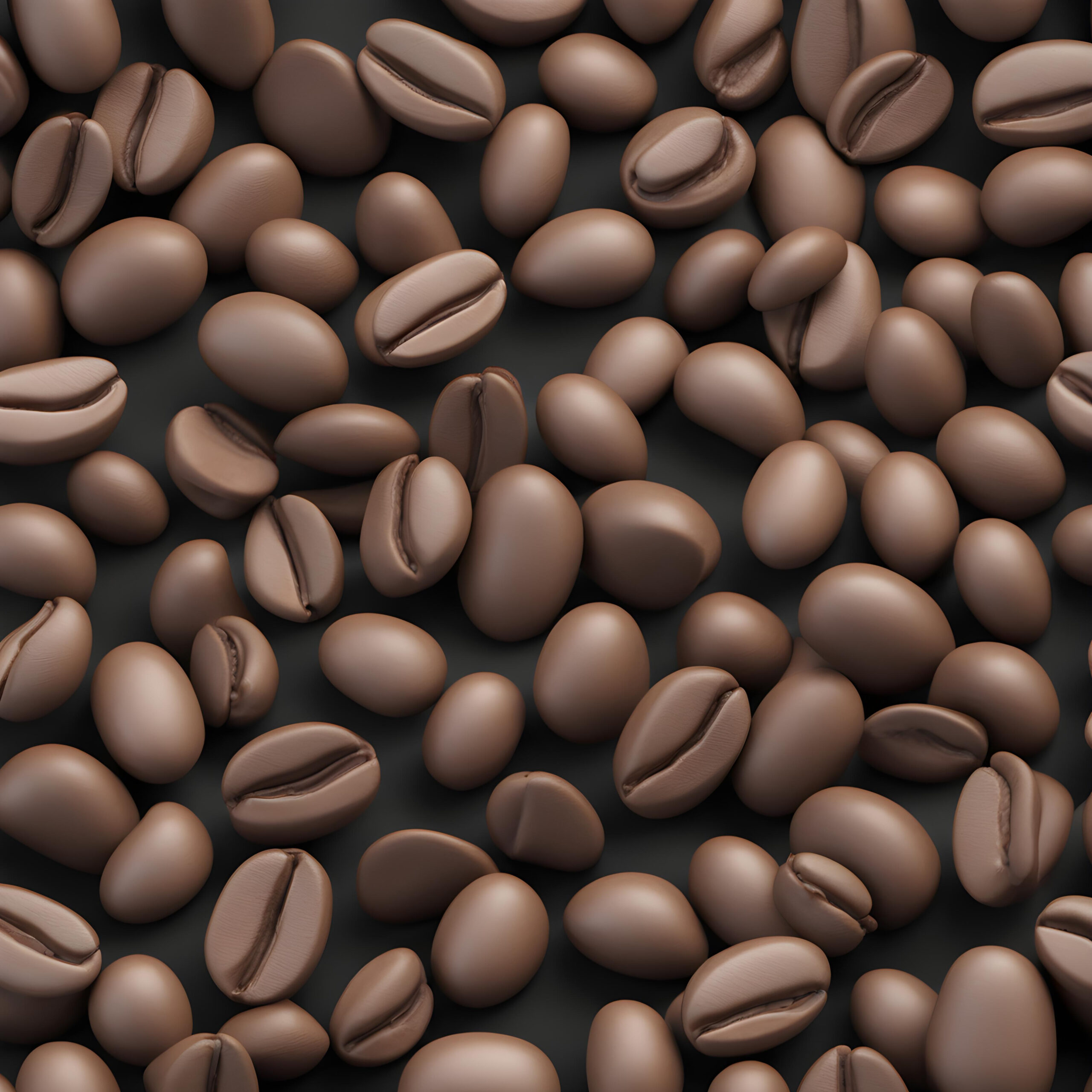When it comes to coffee, the debate between Arabica vs Robusta beans has been brewing for years. Coffee enthusiasts and professionals alike often find themselves caught in the crossfire of this age-old rivalry. But what exactly sets these two types of beans apart, and which one reigns supreme? In this comprehensive guide, we’ll delve into the world of Arabica and Robusta coffee beans, exploring their origins, flavor profiles, and everything in between.
What Are Arabica and Robusta Coffee Beans?
Arabica Beans: The Gold Standard of Coffee
Originating from the highlands of Ethiopia, Arabica beans are considered the gold standard of coffee beans. Renowned for their smooth, nuanced flavors and aromatic profiles, Arabica beans make up the majority of the world’s coffee production. They thrive in altitudes ranging from 600 to 2000 meters above sea level, where they benefit from the ideal climate and soil conditions.
Key Characteristics of Arabica Beans:
- Smooth, mild flavor
- Aromatic and complex profiles
- Lower caffeine content compared to Robusta beans
- Vulnerable to pests and diseases
Robusta Beans: The Bold and Robust Choice
On the other end of the spectrum, we have Robusta beans, known for their bold and robust flavor profiles. Originating from sub-Saharan Africa, Robusta beans are hardier and more resilient than their Arabica counterparts. They thrive in lower altitudes and are less susceptible to pests and diseases, making them a popular choice for mass production.
Key Characteristics of Robusta Beans:
- Strong, bitter flavor
- Higher caffeine content compared to Arabica beans
- Less susceptible to pests and diseases
- Often used in espresso blends for added crema and body
Flavor Profiles: A Tale of Two Beans
When it comes to flavor, Arabica and Robusta beans couldn’t be more different. Arabica beans are celebrated for their smooth, nuanced flavors, which can range from fruity and floral to nutty and chocolaty. On the other hand, Robusta beans are prized for their bold, intense flavors, with notes of earthiness, bitterness, and even rubbery undertones.
Arabica Flavor Profile
Arabica beans are renowned for their complex flavor profiles, which can vary depending on factors such as altitude, climate, and processing methods. Common flavor notes found in Arabica coffee include:
- Fruity: Citrus, berry, stone fruit
- Floral: Jasmine, lavender, rose
- Nutty: Almond, hazelnut, walnut
- Chocolaty: Cocoa, caramel, toffee
Robusta Flavor Profile
Robusta beans are characterized by their bold and intense flavors, with a higher caffeine content and stronger bitterness compared to Arabica beans. While some coffee connoisseurs may find Robusta coffee too harsh or overpowering, others appreciate its unique flavor profile, which includes:
- Earthy: Woody, herbal, tobacco
- Bitter: Dark chocolate, burnt caramel, molasses
- Rubber-like: Smoky, rubbery, medicinal
Brewing Methods: Which Bean Reigns Supreme?
When it comes to brewing coffee, the choice between Arabica and Robusta beans can greatly impact the final cup. Each type of bean responds differently to various brewing methods, resulting in distinct flavors, aromas, and textures.
Arabica Beans and Brewing
Arabica beans are prized for their versatility and ability to shine in a variety of brewing methods. Whether you prefer a classic drip coffee, a smooth espresso shot, or a refreshing cold brew, Arabica beans deliver a consistent and flavorful experience.
Popular Brewing Methods for Arabica Beans:
- Drip Coffee: Brewed using a drip coffee maker or pour-over method for a clean and balanced cup.
- Espresso: Extracted under high pressure for a rich and aromatic shot with crema.
- Cold Brew: Steeped in cold water for an extended period to extract smooth and low-acid flavors.
Robusta Beans and Brewing
Robusta beans are often favored for their bold flavors and ability to stand up to intense brewing methods. While they may not be as versatile as Arabica beans, Robusta beans excel in certain brewing techniques, particularly those that require a strong and robust flavor profile.
Popular Brewing Methods for Robusta Beans:
- Espresso Blends: Used as a base or filler in espresso blends to enhance crema and body.
- French Press: Brewed using a French press or immersion method for a full-bodied and bold cup.
- Vietnamese Coffee: Brewed with condensed milk and served over ice for a sweet and strong caffeine kick.
The Great Debate: Arabica vs Robusta
As the age-old debate rages on, coffee lovers around the world continue to weigh the pros and cons of Arabica and Robusta beans. While Arabica beans are prized for their smooth and nuanced flavors, Robusta beans offer a bold and robust alternative. Ultimately, the choice between Arabica and Robusta comes down to personal preference and brewing style.
FAQs:
- Which bean has more caffeine: Arabica or Robusta? Robusta beans contain more caffeine than Arabica beans, making them a popular choice for those seeking a stronger kick.
- Are Arabica beans more expensive than Robusta beans? Yes, Arabica beans are generally more expensive due to their higher quality and lower yield compared to Robusta beans.
- Can you mix Arabica and Robusta beans? Yes, many coffee blends combine Arabica and Robusta beans to achieve a balance of flavor, body, and caffeine content.
In conclusion, whether you’re a fan of the smooth and nuanced flavors of Arabica or the bold and robust profile of Robusta, there’s no denying that both types of coffee beans have their own unique charm. So why not explore the world of Arabica vs. Robusta and discover your new favorite brew?Your Attractive Heading



